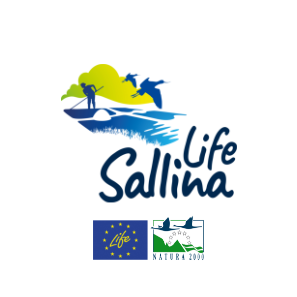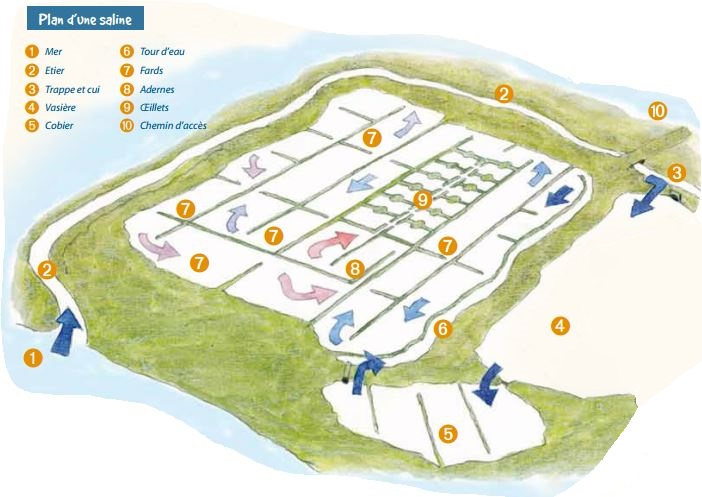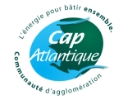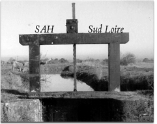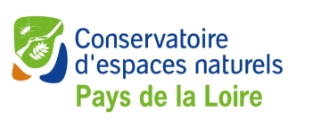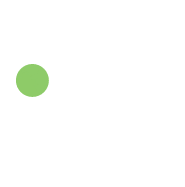Characteristics and ecological issues
Coastal stretches of salt water, shallow, coastal lagoons are separated from the sea by a barrier of sand or pebbles in the case of natural lagoons, by a set of clay slopes or masonry dikes in the case of developed lagoons.
In France, coastal lagoons are present on the Mediterranean and Atlantic facades. On the latter, they are the result of human work to create salt or oyster marshes (Gulf of Morbihan, Guérande, Noirmoutier, Oléron, Ré …).
While the exchanges with the sea are made by a narrow channel or by overflow during high tides for natural lagoons, the developed lagoons are connected to the sea thanks to a hydraulic network made up of numerous channels (called stirrups and bungs). Hydraulic structures (called “cuys” in the Guérande and Mès marshes) make it possible to circulate water from the canals and between the different basins.
Characteristics and ecological issues
Whether natural or managed, coastal lagoons are subject to variable salinity ranging from brackish water to hypersalinity depending on rainfall and evaporation.
Thanks to this variability, the coastal lagoons welcome a diverse fauna and flora. You can find there, from the most salty to the most brackish, aquatic meadows of Ruppia sp., Characeae as well as Brackish water-crowfoot (Ranunculus baudotii).
With regard to fauna, populations of invertebrates are abundant and include molluscs, crustaceans, insect larvae or worms. These invertebrates constitute the food base of many fish carrying out all or part of their biological cycle in the lagoons, like the European Eel (Aguilla anguilla).
Many birds, such as seagulls, gulls and terns, anatidae (ducks and geese), large waders (Eurasian Spoonbill, egrets …) and shorebirds (Eurasian avocet, White stilt, knights, gravels …), use also lagoons as feeding areas, nesting sites or resting areas.
Protection status
Priority habitat of the Habitat, Fauna, Flora Directive.
Distribution and state of conservation on Natura 2000 sites
In the LIFE Sallina territories, the coastal lagoons cover 6,430 ha, including 1,188 ha in the Guérande and Mès salt marshes and 5,242 ha in the Breton Marsh and the island of Noirmoutier.
Conservation objectives / threats / actions planned in LIFE
Urbanization and the filling of lagoons to gain agricultural or artificial land have had a significant impact on their state of conservation in the past.
At present, two factors strongly influence the state of conservation of the lagoons: a relative homogenization in the exploited environment with the disappearance of more brackish lagoons, and faulty hydraulic management in the uncultivated marshes.
The LIFE Sallina thus provides for the restoration and preservation of nearly 210 ha of coastal lagoons, with in particular the installation and management of hydraulic structures, the maintenance of the hydraulic network to supply water to the restored basins. Once this work has been carried out, he plans to set up experiments and environmental clauses with salt workers and salt workers on salt works restored as part of the project.
Why this habitat is targeted by LIFE ?
As priority habitat of the Habitat, Fauna, Flora Directive and very localized on the scale of the European Atlantic coast, the territories of LIFE Sallina have a strong responsibility as for its preservation and the achievement of a good state of conservation required by the Directive (state of conservation on the scale of the European Atlantic coast “unfavorable – inadequate”).


